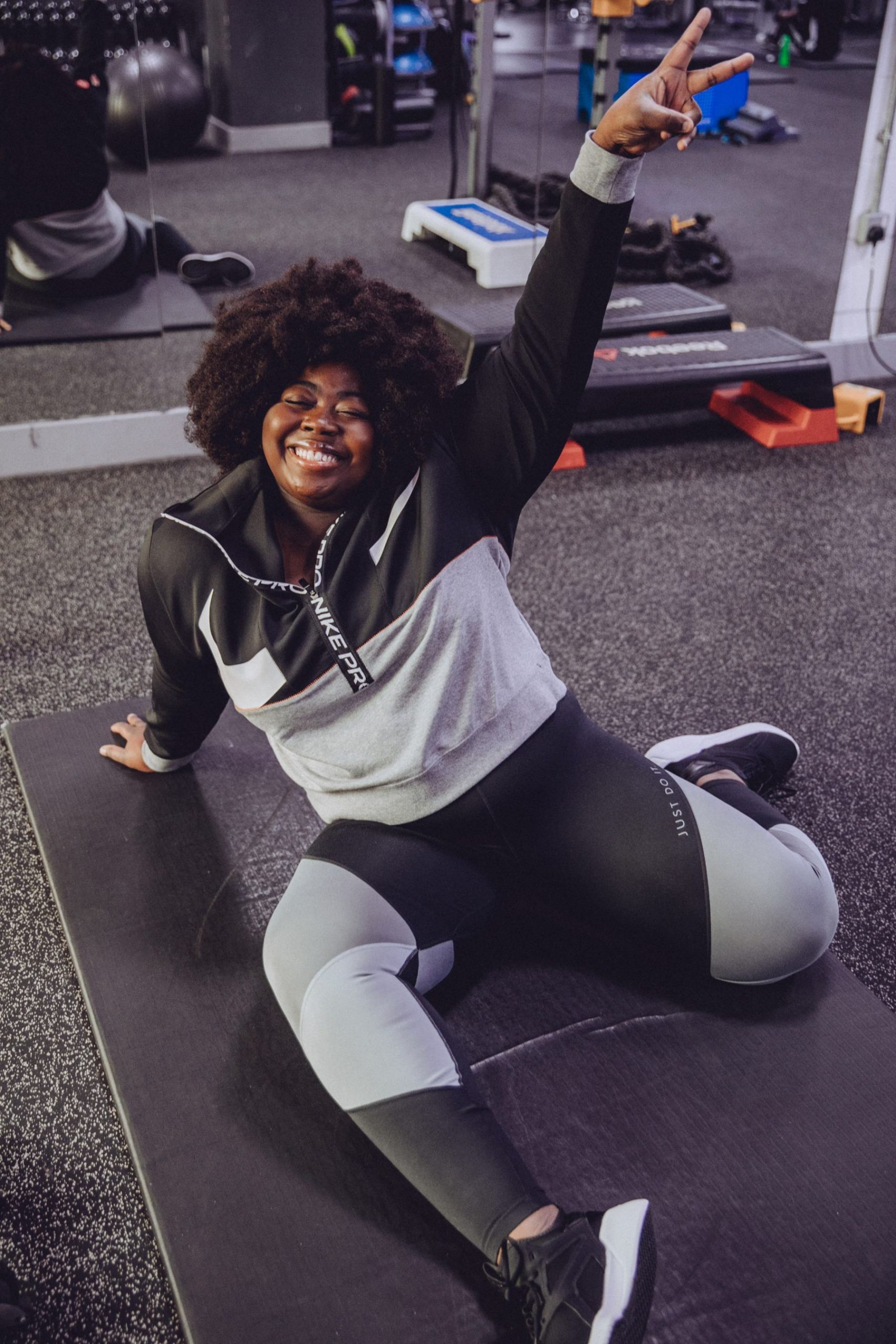
Nike gym wear // Photos -Kaye Ford
From a personal viewpoint, I believe that womxn still aren’t welcome in the fitness world.
You see, being on the gym floor as a fat woman can be an overwhelming experience, to say the least. There’s nowhere to hide yourself in a bid to work out in peace, and everybody seems to note your presence when walking from one apparatus to the other. I’ve always been someone who loves a good workout and since Lockdown, I’ve been upping the frequency per week (albeit in my living room as opposed to a gym).
Admittedly, I prefer dancing and competitive sports such as Badminton, Tennis or Rounders (lmao) as opposed to 45 minutes on a treadmill, but the rush of endorphins I get after a solid hour of exercise is like no other. For me, exercise is all about helping to develop my physical strength (there are several broken bones that need strengthening!) as well as boosting my mental health. I decided a long time ago that weight loss would exist to me as a mere side effect of working out, and nothing more. However, unfortunately, gyms do not seem to share this same mentality.
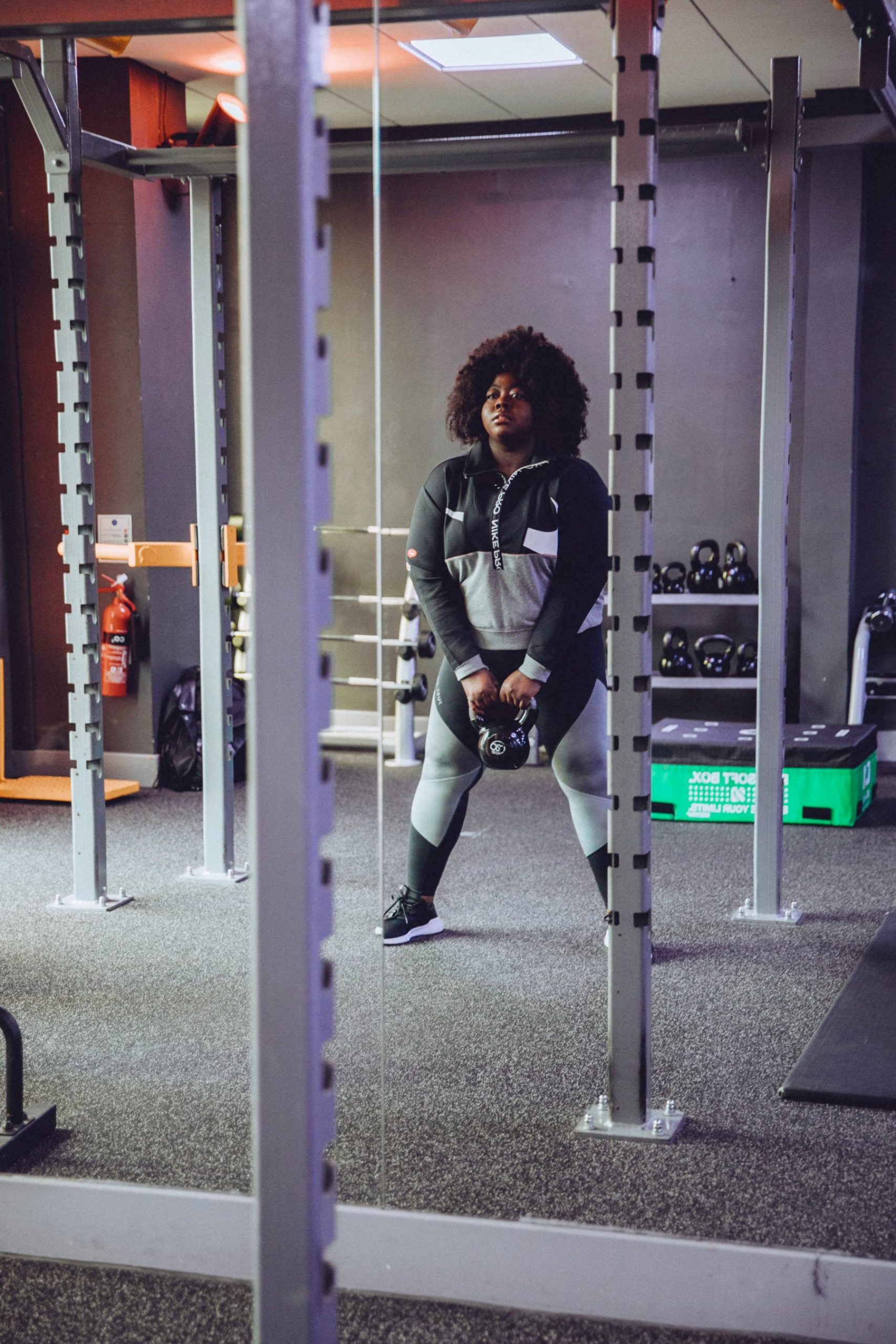
Basically, I started going to the gym to help not only my mental health but to help strengthen my right ankle, which I broke last year after an eight-hour hike up a mountain in Japan. Yes; fat people can hike too. o_0
Unrolling my yoga mat in the free weights’ section and trying not to catch the eyes of the group of male bodybuilders standing yards from me smirking, I popped in my wireless headphones and began my pre-cardio stretches.
Out of the corner of my eye, I could see them staring at me, with menacing sniggers across their faces as I started doing my lunges. Those smirks were enough for me to leave the area altogether and start on the cardio machines. Fifteen minutes into the cross trainer, a distracting flash caught me full in the face as I stumbled and looked to see whether the flash of light came from. As I looked up, I caught a very red-faced slim woman hurrying to put her phone away whilst gliding onto the nearest machine she could find to distract herself from this most awkward of encounters. Feeling incredibly embarrassed and ashamed, I retreated to the changing room. I’d had enough.
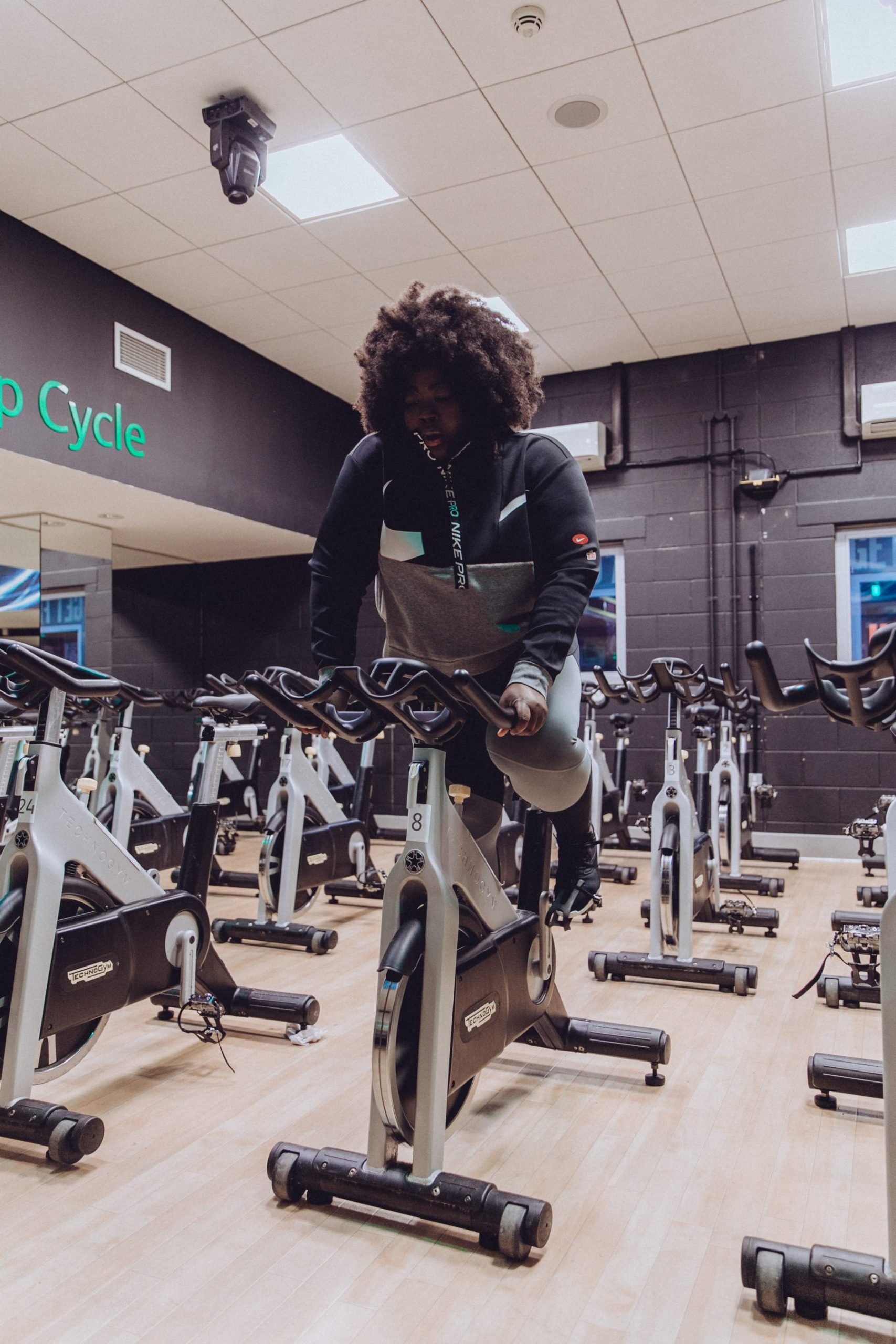
Wrapping the way-too-short gym towel around me, as I exited the shower, I was met with posters on the wall featuring images of super-slim, white, aesthetically attractive men and women looking jubilant and pleased with themselves, and it was at that moment that I realised that this space – the fitness and wellness space – was not an area I felt particularly comfortable in. From the underrepresentation of bigger bodies in fitness (with the exception of being seen as nothing but a ‘before’ photo) to being the focus of jeers and humiliation on the gym floor, I felt invisible, yet hypervisible for all the wrong reasons.
On one half of the spectrum, I am 100% invisible. Very rarely am I able to find workout gear that caters to my extreme curves and rolls. I rarely see positive representation of bodies shaped like mine outside of the plus size communities. Workout machines are rarely engineered to be accessible for bigger bodies, workouts seem to be tailored to those who are already superfit, with jaunts and shaming comments thrown if you are unable to keep up, clothing and towels seem to stop at a size ‘L’, and it seems like we only exist to serve as the ‘before’ in a ‘before and after’ photo.
On the other side of this, I’m hypervisible in this space for all the wrong reasons – all induced by the rampant fatphobia that the fitness and gym culture creates. I’m constantly stared at and mocked when working out in public. I am accosted for daring to wear workout leggings that show off my curvy silhouette. I have people take photos of me while working out, and even when I am not working out, people will always use my weight as a way to fat-shame and police me into losing weight ‘for my health’, even though we all know the real reason is because they hate seeing my fat body exist.
The anxiety also associated with traversing the workout industry alone is enough to make the most motivated among us to stick to the comfort of our routines (for me, it’s doing a few stretches and walks at home, or dancing along to Beyonce’s concert movies on Netflix). The thing is, when you’re fat and you go to the gym, everyone there seems to assume that you’re working toward weight loss. That assumption (regardless of any good intentions) is fatphobic. You assume that a fat person is there to “solve the problem” of their fatness, because you perceive fatness as problematic. The reality of it is that there are more reasons to go to the gym or exercise in general than just intentional weight loss. Here’s a few that spring to mind: to maintain or improve strength, to maintain or improve health, to move, to alleviate boredom, to get out of the house, to build endurance, to rehab an injury.
For me, I was continually filled with dread and anxiety triggered by what I perceived to be judging stares from the fellow gym-goers. Every few minutes I would get a personal trainer trying to recruit me in the middle of my workout session, citing weight loss as the main motivator, and would feel incredibly embarrassed to perform certain exercises that required me to bend over, stretch or increase in speed at any time, for fear of catching a smirk or dirty look from a fellow gym-goer. This caused me to have feelings of shame about my body; making me feel as if I didn’t belong. My self-esteem began to dip horribly and eventually, I stopped attending.
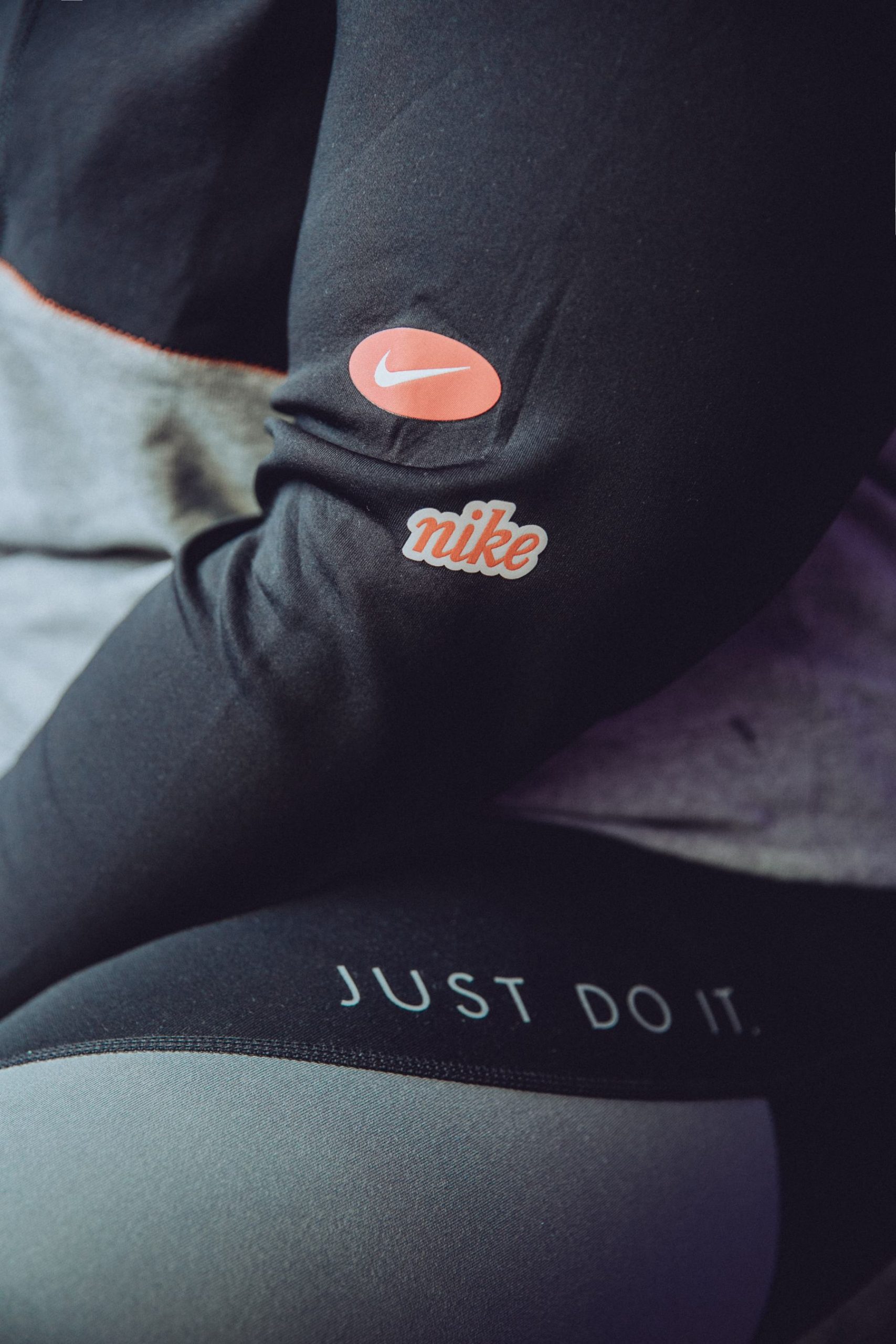
Putting my experiences aside, I believe I can speak for a vast majority of plus size womxn who enjoy working out when I say that sometimes, it is difficult to find the right balance of hypervisibility and invisibility within the wellness industry, under which the fitness industry is now termed under. Over the last few years, the wellness industry has experienced a huge boost in growth, with us being expected to exercise not only what goes into our mouths, but our thoughts, feelings, mental health, auras and physical health too. Encouraged by the rapid increase of the Insta-generation and our need to capture and promote moments of self-care and mindfulness at every opportunity, the wellness industry has never been more popular. The messages of the wellness industry promote feeling good in one’s self in all aspects, however it woefully neglects a huge demographic of people whose bodies – depending on who you ask – are the very antithesis of what society would consider ‘healthy’ or ‘attractive’.
Given how popular the body positivity and self-love movements are at the moment, it still seems to be the case that the wellness industry hasn’t caught up as of yet. Since the widespread popularity of the Fat Acceptance and Body Positivity movements over the last few years, we have seen a rise in the media, brands and corporations seeking to be more inclusive when it comes to the representations of different body types. We’ve seen a huge rise in mainstream clothing brands creating plus size extensions of their clothes, as well as a rise in larger models and public figures who preach about self-love and body acceptance.
With wellness however, it seems to be the case that one can only love oneself if they fit a certain societal body ideal. We are not given the opportunity to love ourselves loudly and unapologetically in our largeness and have that be framed under ‘self-love’ as far as the wellness industry is concerned. We are shown time and time again that our bodies do not matter. From generic exercise machines and Peloton seats being way too small for anyone above a size 12 and several athleisure brands still refusing to cater to anyone above a size 18, to the huge backlash towards the plus size Nike mannequin and the framing of larger bodies as ‘unfit’ and ‘unhealthy’ in fitness commercials, it seems to drive home the ideology of ‘the smaller you are, the better you look, therefore, the happier you’ll be’, which is completely inaccurate.
While there is still an extremely long way to go in these areas, we can at least say that these sectors are leaps and bounds ahead of the fitness sector which, unsurprisingly, still touts the plus size body as the ‘persona non grata’ of this world. We’ve all, for the most part, visited a gym at some point in our lives, and we are always met with the same business model: extremely attractive gym staff and personal trainers with unattainable body shapes (for the average person) providing an advertisement for the ideal body you could one day achieve through rigorous exercise, the way that ‘weight loss’ is marked as the first option on the form you fill out, as a reason for attending the gym, and the countless ‘before and after’ posters smothered around the venue. For gyms, NOTHING is more important than the weight loss element of working out.
This is hardly surprising when you acknowledge the fact that the Body Mass Index (otherwise known as BMI, a measure which uses height and weight to determine health) is still considered to be an accurate measure of health, despite multiple studies that dispute the practice.
According to researchers from the Perelman School of Medicine at Pennsylvania University, BMI has always been an inaccurate measure of body fat content, and does not take into account muscle mass, bone density, overall body composition, and racial/sex differences. In other words, BMI is essentially based on the body of an average, white man and any body type outside of that automatically renders you as an overweight freakazoid.
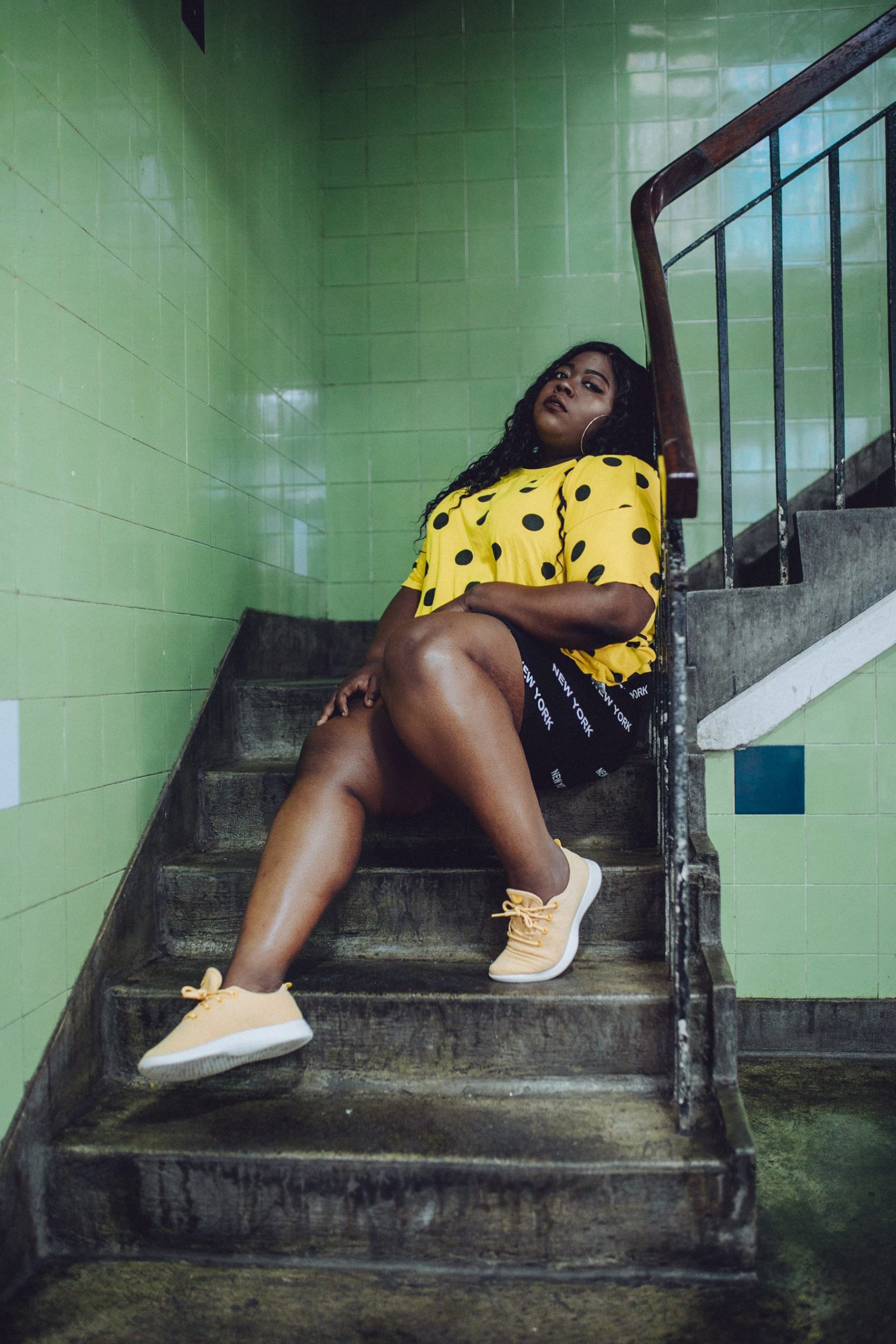
For those of us who self-identify as fat, the apprehension over public exercise can be debilitating – feeling as though everyone is staring at you as you make your way over to the mat. And the platitude that “no one is paying attention to you, because they’re too busy with their own workout” doesn’t help those dealing with trauma brought on by discrimination, and years of abuse.
Not only that, but once we encounter spaces that feature gym equipment that requires us to sit down (Such as a large percentage of the weight machines and stationary bikes), a large percentage of us are unable to even use it, as they seem to have been created with smaller bodies in mind. The fact is, as often as people tell us that we should lose weight, they also don’t want to see us in their spaces, which includes basically anywhere other than the privacy of our own homes. When fat people dare to work out in public, we are ridiculed at best and violently harassed at worst. There’s a bizarre dichotomy between fatphobia that manifests in people telling us to shed pounds and go to the gym, and fatphobia that manifests in those same people being disgusted by our presence in those spaces.
Whenever we are shown bigger bodies, the concern trolls are never ever far away. They do not come right out and say they are disgusted by our squishy rolls of fat. Instead, they feign concern for the health and wellbeing of that person, based solely on our looks. Completely unsolicited, these people dish out advice or blame, under the guise of caring about our health. Phrases such as ‘you’re doing to get diabetes and die at 40 if you don’t lose weight”, “how can someone so obese even think about having kids?” and ‘her bones must be so stressed under her enormous weight’ are all things I’ve heard time and time again, again framed under the guise of health.
They’re so prevalent, even being a plastic mannequin in a Nike store doesn’t make you immune from them. The backlash to the Nike plus size mannequin, as well as the general lack of plus size sportswear available, do not take into account that numerous women out in the world who look like the mannequins in question do, in fact, run in their shiny workout gear. We also ride bikes, lift weights, practice yoga – the same physical activities everyone does.
The very critics who argue that plus-size women need to exercise, will then turn around and attack them when they do work out (and, say, choose to do so in Nike/workout gear). So, what’s the real issue here? These critics aren’t worried about health or exercise. The truth is they harbour so much hate for plus-size women that they don’t feel they deserve representation or visibility. And that kind of hatred has no place in our society.
While there is no ironclad formula that will ward off the anxiety bogeyman, there are still ways to manage these stressors if you want to work out while avoiding the toxicity of weight-loss culture. For one, it’s important that the wellness industry recognise and include plus sized people in the general conversation of fitness, without framing our inclusion around weight loss or any kind of aesthetic change. Dance companies such as The Curve Catwalk is a London based plus-size specific dance class for fuller figures of all sizes that offers a safe space for plus sized people to dance, and have fun while working up a sweat without fear of judgement.
Equally, sportswear giant Nike have recently started to incorporate plus size influencers and bodies in their nationwide campaigns – one of the first and only brands to use bigger bodies on such a large scale. By being inclusive in their advertising, Nike is allowing their plus size customers to feel ‘seen’ as a part of their audience and consumer demographic. They recognise that all bodies are allowed to feel good while working up a sweat in their clothes and to not just be seen as a ‘before’ photo.
For change to really take place at an institutional and systemic level, it’s important that the conversations of fat-shaming and fatphobia be had within the wellness communities. Fitness brands, gyms and clothing companies need to make more of an effort to integrate their ethos with the body positivity and fat acceptance communities, in a bid to reframe the idea of ‘health’ and fitness. At the end of the day, nobody knows our own bodies like we do, and the constant method of ‘talking down’ to fat people simply because they are fat, needs to end.
We need encouragement, understanding and open-mindness, not judgement, woeful looks and shame. The fitness industry needs to understand that except for specific circumstances, weight loss should not be the be-all-and-end-all for fitness.
For me, I found that attending classes that catered exclusively to plus sized people helped with my confidence and self-esteem while working out. I have a safe space where I can move as much or as little as I like, and it’s incredibly invigorating to have the freedom to move without feeling othered. It’s important that those of us who exist in bodies that do not benefit from societal privilege have places in which we can feel safe and secure in the knowledge that we are there to work out, have fun and train our bodies. We deserve at at the very least, after all.
November 23, 2020
Steph
Finding The Balance As a Plus Size Woman in Fitness
